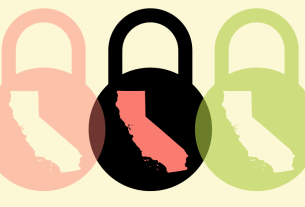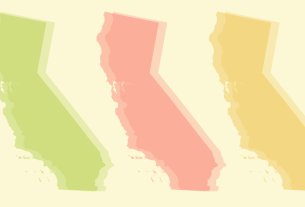Small and medium-sized enterprises (SMEs) are facing significant challenges due to rising tariffs and the escalating cost of living. These factors are straining their operations, reducing profitability, and threatening their survival.
Tariffs: Increased Costs and Narrower Margins
SMEs often operate with tighter margins compared to larger corporations, making them more vulnerable to external economic shocks. The imposition of tariffs on imported goods has led to increased costs for many SMEs. For instance, a National Small Business Association survey found that 42% of small businesses reported increased costs due to tariffs, while 30% experienced delays in shipments and fulfillment .(Forbes)
Case Studies:
- MicroKits LLC (Charlottesville, Virginia): This small company imports electronic parts from China, Mexico, Thailand, and Taiwan to assemble educational kits. The imposition of high tariffs threatened to put the business out of operation, as the company would be forced to raise prices significantly, making them uncompetitive .(Wikipedia)
- Terry Cycling (Burlington, Vermont): Specializing in cycling apparel and accessories, Terry Cycling imports materials from various countries. The uncertainty surrounding tariffs has made it difficult to provide fixed or predictable pricing, potentially leading to loss of business .(Wikipedia)
High Cost of Living: Reduced Consumer Spending
The rising cost of living is affecting consumer behavior, leading to reduced spending on non-essential goods and services. A survey of over 600 small business owners revealed that 81% are concerned about how the cost of living crisis is affecting their business. Many business owners have reported a downturn in sales, particularly in sectors offering non-essential items .(Simply Business UK)
Example:
- Tailor Made Living (Enfield, London): This lifestyle store specializing in homeware, gifting, and fashion has experienced a 35% year-on-year decline in turnover. The owner attributes this downturn to customers’ fear of not being able to pay their bills, leading them to cut back on non-essential purchases .(Simply Business UK)
Combined Impact: A Perfect Storm for SMEs
The combination of increased operational costs due to tariffs and reduced consumer spending is creating a challenging environment for SMEs. In Ireland, for example, 70% of SMEs fear closure due to rising business costs, with 40% citing economic turbulence as their biggest threat (The Irish Times).(The Irish Times)
Additional Challenges:
- Uncertainty and Unpredictability: The fluctuating nature of tariffs and the unpredictable economic environment are making it difficult for SMEs to plan and budget effectively.
- Cash Flow Issues: Delayed payments and difficulty accessing affordable capital are putting additional strain on SMEs’ financial stability .(Vistage)
Conclusion
SMEs are at the forefront of the economic challenges posed by rising tariffs and the high cost of living. Without targeted support and policy interventions, many SMEs may struggle to survive in this increasingly difficult economic landscape.



